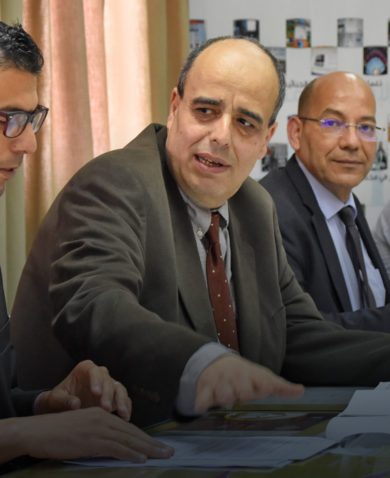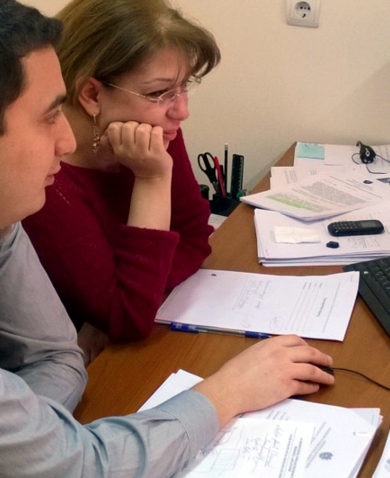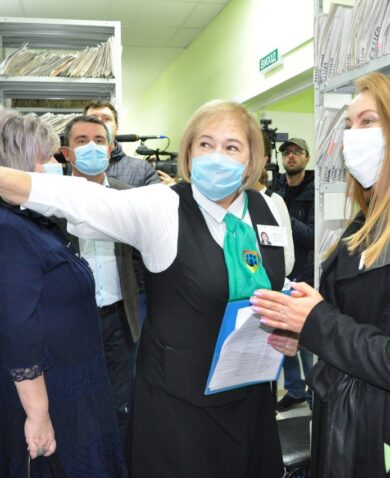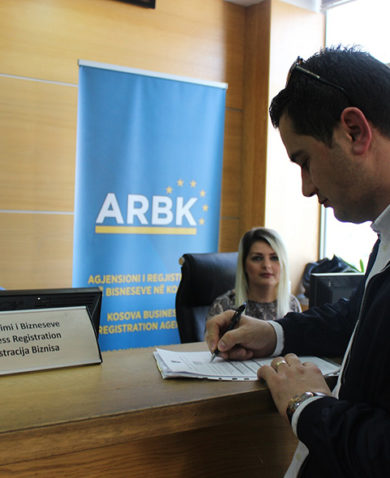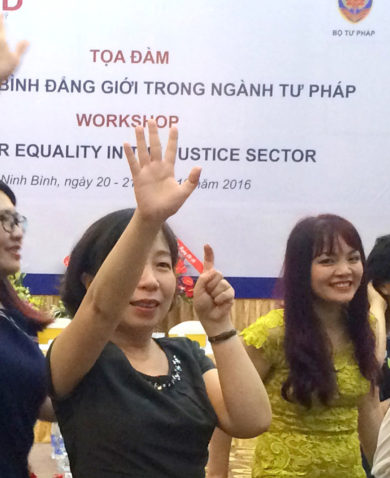
How Critical is PFM in Achieving the Sustainable Development Goals?
December 21, 2017 | 4 Minute ReadGood governance is essential for sustainable economic development, but what role does public financial management play in the global effort to achieve the U.N. Sustainable Development Goals?
Effective public financial management (PFM) is a “cornerstone of good governance.” PFM, or the ability of governments to efficiently collect revenue and spend it in an accountable and transparent manner, is instrumental for nations seeking to expand their economic growth and increase available resources to pursue national objectives, including those relating to the United Nations’ Sustainable Development Goals (SDGs). The SDGs touch upon all sectors of society, including education, health, and clean energy, but their success ultimately comes down to effective PFM.
In general, countries that efficiently raise tax revenue enjoy more resources with which to pursue national objectives. Cross-cutting International Monetary Fund (IMF) analysis suggests countries that achieve a tax-to-GDP ratio of 15 percent reach a “tipping point” at which economic growth becomes stronger and states are able to sustainably fund basic services such as schools, health care, and transportation services. When these national priorities are advanced, so are the SDGs.
Better Budgeting, Better Government
Increased tax collection, however, can only achieve so much. Governments must be able to optimize their expenditure planning, ideally through clear linkages between national objectives and spending, which allow budgetary discussions to revolve around policies.
This can be accomplished through performance-based budgeting (PBP), a comprehensive framework encompassing both the budget planning and execution process, with built-in reporting that ideally provides opportunities for officials to identify needs for adjustment. PBP ties specific activities to funds allotted for their execution and establishes indicators to measure the success of that activity. In one example, the state of Oklahoma has a website to share information on its budget, including the allocation of dollars across programs and quantified results achieved by that spending. Under this model, budgetary compliance becomes multi-dimensional, with state bodies held to results as well as spending ceilings.
While PBP can make budgets more transparent and drive institutional behavior changes, its success depends on the establishment of proper incentives which allow budgetary actors to critically review programs and analyze reasons for their failure or success. For example, a ministry of education that fails to achieve its target high school graduation rate should not only be held accountable for this shortfall, but also be empowered to analyze the program and make changes allowing it to overcome obstacles to achieving the target. Alternatively, if the ministry overachieves the indicator, it should be recognized as a model to be emulated in terms of successful program implementation.
Improving Citizen Engagement and Budget Literacy
Promoting budget literacy initiatives can also enable citizens to engage with their governments on budgetary decisions and become stakeholders in policy discussions. In one example, the World Bank’s Russia Budget Literacy Project integrated budget literacy into school curricula, teaching schoolchildren how to understand and decipher public budgets and the budgeting process.
However, even in high-income economies, there is often a significant difference in what the average citizen understands government spending to be versus reality. For example, research in 2014 revealed that citizens of the United Kingdom perceived their tax contributions to the European Union budget to be seven times what it actually was. (Interestingly, when respondents were asked how they would like their taxes to be spent, contributions to the European Union budget were set at three percent — less than the seven percent perceived, but three times the one percent actually spent.)
Bridging this gap requires more than simple “open government” approaches, such as making information available on a website and expecting it to attract interested parties. Instead, by actively providing meaningful information in a format that is easy to understand and empowering the public to provide feedback, governments will encourage citizen participation and input in the budgetary process.
Reforms for Business Growth
While countries may institute PFM reforms to create the environment for growth, ultimately, growth occurs within the private sector. However, governments may be reluctant to pursue reforms that would enable business growth at the potential cost of revenue, such as eliminating unnecessary regulatory fees and streamlining tax refund processes.
One such case is Kosovo. As a post-conflict country in the Balkans with limited access to international debt markets, Kosovo was highly sensitive to reforms that could potentially reduce sources of government revenue. Furthermore, the country’s Ministry of Finance revenue forecasts often became targets to be achieved for collection agencies, creating disincentives for these groups to support deregulatory reforms.
The USAID-funded Partnerships for Development project successfully supported the government of Kosovo to overcome this hesitance to PFM reform. The project worked with the government to improve its long-term budget planning capabilities and institute fiscal rules that reduced pressure to spend excessively. This resulted in greater confidence in financial projections and increased cash reserves to cover short-term revenue shortfalls, which in turn reduced reluctance within the Ministry of Finance to pursue deregulatory reforms.
At the same time, the project worked with the government leaders and staff to create a task force to drive a reform agenda based on the World Bank Doing Business Report methodology, linking PFM reforms with a performance-based structure that provided opportunities for political recognition. As a result, Kosovo made significant progress in advancing reforms that had a positive impact on private sector growth. The World Bank Doing Business Report 2018 ranked the country as the 10th best place in the world to start a business.
PFM reform can be slow work, with results occurring over several years or even decades. However, the introduction of sound PFM reforms such as PBP, budget literacy initiatives, and business-enabling reforms around the world will allow countries to unleash their economic potential and leverage finite financial resources to locally achieve national priorities and globally achieve the SDGs








